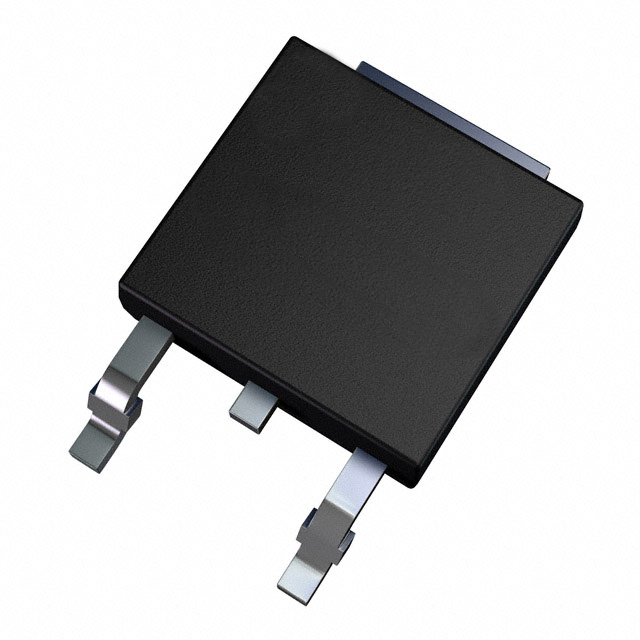
Application Development in Current Sense Transformers for CFR-50JB-52-1R5: Key Technologies and Success StoriesCurrent Sense Transformers (CSTs) are integral components in a variety of applications, particularly in power management and energy monitoring systems. The CFR-50JB-52-1R5 model exemplifies a current sense transformer that excels in current sensing, electrical isolation, and accurate current measurement. Below, we explore the key technologies that underpin the development of CSTs and highlight notable success stories that illustrate their impact across different sectors.
Key Technologies1. High Precision Sensing2. Electrical Isolation3. Miniaturization4. Integrated Solutions5. Digital Communication6. Temperature Compensation1. Smart Grid Applications2. Electric Vehicle (EV) Charging Stations3. Renewable Energy Systems4. Industrial Automation5. Consumer Electronics Success Stories ConclusionThe development and application of Current Sense Transformers like the CFR-50JB-52-1R5 are crucial across various industries, from renewable energy to consumer electronics. The integration of advanced technologies has led to significant improvements in performance, safety, and efficiency, making CSTs indispensable in modern electronic designs. As the demand for energy-efficient and smart solutions continues to rise, the role of current sense transformers is expected to expand, paving the way for further innovations and success stories in the field. The ongoing evolution of CST technology will likely contribute to the advancement of smart systems and sustainable energy solutions in the future.

LT1213CS8 Audio Transformers: Core Functional Technologies and Application Development CasesAudio transformers, such as the LT1213CS8, are essential components in audio signal processing, offering a range of functionalities that enhance audio quality and system performance. Below, we delve into the core functional technologies and notable application development cases that highlight the effectiveness of audio transformers.
Core Functional Technologies1. Isolation 2. Impedance Matching 3. Signal Level Adjustment 4. Frequency Response 5. Low Distortion 6. Shielding 1. Microphone Preamplifiers 2. Direct Injection (DI) Boxes 3. Mixing Consoles 4. Guitar Amplifiers 5. Broadcasting 6. Home Audio Systems Application Development Cases ConclusionThe LT1213CS8 and similar audio transformers are integral to a wide range of audio applications, providing essential functions such as isolation, impedance matching, and signal level adjustment. Their role in enhancing audio quality makes them vital components in professional audio equipment, home audio systems, and broadcasting. As technology continues to advance, the design and application of audio transformers will evolve, leading to even greater performance and sound fidelity, ensuring that audio professionals and enthusiasts alike can enjoy the highest quality sound reproduction.


lang_service_time
lang_select_kefu
allen_ke_cmhk@sina.com













